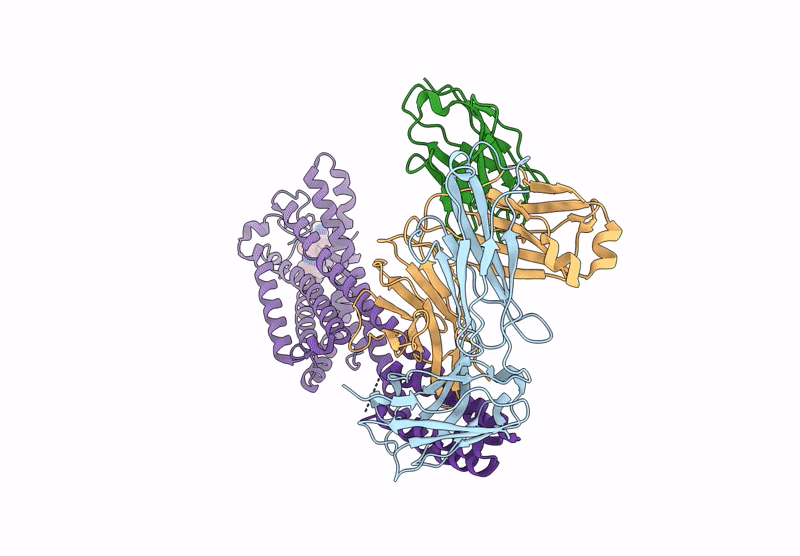
Deposition Date
2024-09-05
Release Date
2025-04-23
Last Version Date
2025-07-02
Entry Detail
PDB ID:
9JFU
Keywords:
Title:
Cryo-EM structure of inactive GPR4 with NE52-QQ57
Biological Source:
Source Organism:
Homo sapiens (Taxon ID: 9606)
Host Organism:
Method Details:
Experimental Method:
Resolution:
3.23 Å
Aggregation State:
PARTICLE
Reconstruction Method:
SINGLE PARTICLE


